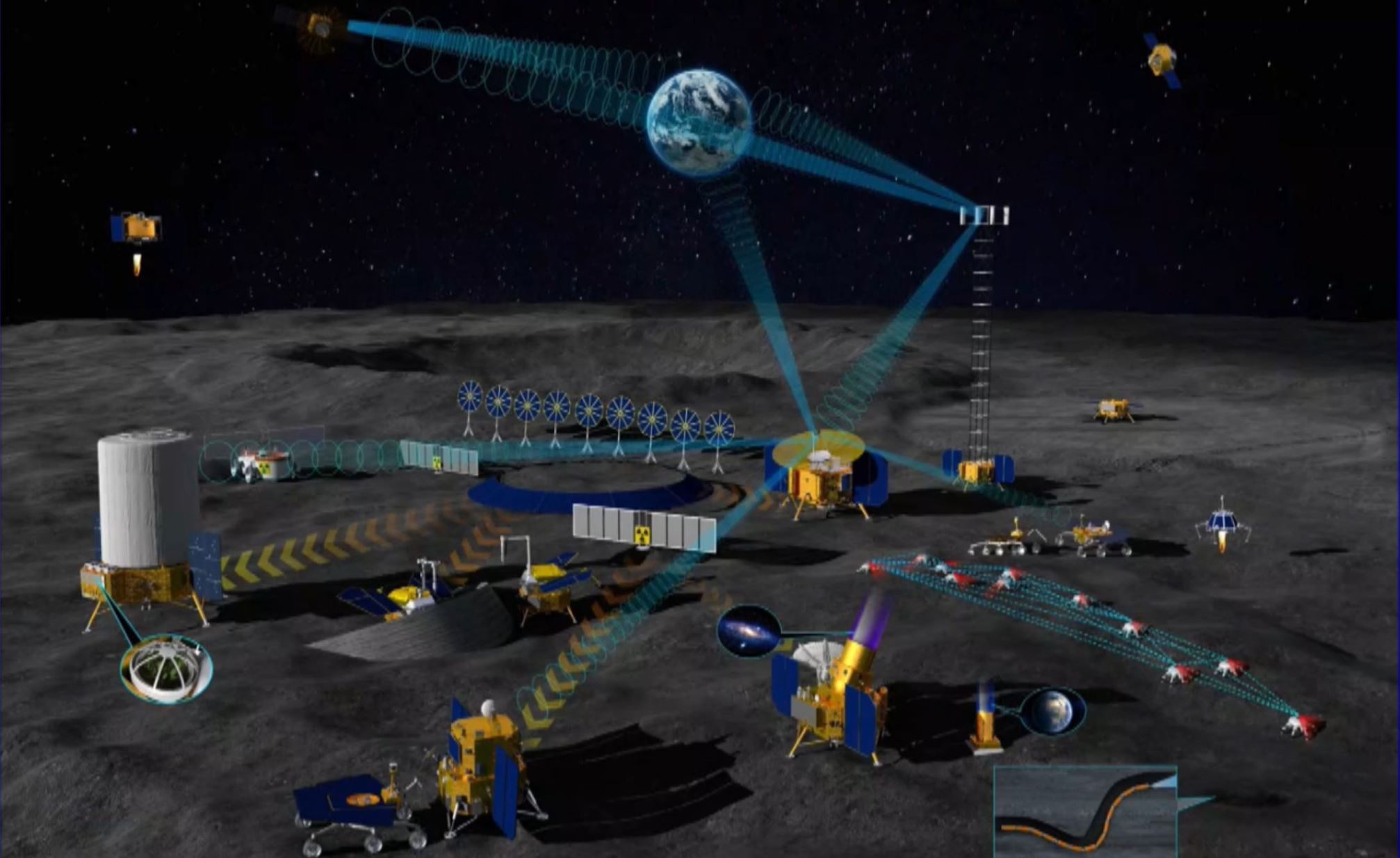HELSINKI — China National Space Administration will soon set up an organization to oversee and coordinate the China-led International Lunar Research Station.
Wu Weiren, Director General of the Deep Space Exploration Laboratory (DSEL), said during an exploration conference April 25 that the International Lunar Research Station Cooperation Organization (ILRSCO) would soon be established to coordinate and manage the construction of the ILRS moon base. Founding members are expected to sign the agreement on ILRSCO before June.
CNSA and the Asia-Pacific Space Cooperation Organization (APSCO) signed a joint statement on ILRS cooperation as part of the opening ceremony of DSEL’s first International Conference on Deep Space Exploration in Hefei, Anhui province on April 25. APSCO members include China, Bangladesh, Iran, Mongolia, Pakistan, Peru and Thailand.
Wu noted that CNSA has signed cooperation agreements or letters of intent with a number of countries and international bodies, including Russia, Argentina, Pakistan, the United Arab Emirates, Brazil since unveiling the first ILRS road map 2021, South China Morning Post reported.
The project is being opened to countries and organizations worldwide, according to Wu.
“We welcome the participation of developed countries such as the United States and European countries. We also hope that BRICS countries and some underdeveloped African countries will join us,” Wu told CCTV ahead of China’s national space day on April 24.
State media Global Times reported that more than 10 countries are currently negotiating the agreement. Venezuela is understood to be close to signing an agreement on the ILRS.
The ILRS project and ILRSCO are somewhat analogous to the U.S.-led Artemis program and its political underpinning, the Artemis Accords, to which 23 countries have signed up. Notably Russia had been stated to be a joint partner in the ILRS when unveiled in 2021. However, overt mentions of Russia have been missing from Chinese statements of the plan following Russia’s invasion of Ukraine in February 2022.
The next steps in China’s lunar exploration plans were also laid out in full this week. The next mission is to be the launch of the Queqiao-2 lunar relay satellite early next year. It will support the Chang’-6 sample return mission scheduled to launch in May 2024. That mission aims to be the first ever to deliver to Earth samples collected from the lunar far side. It will target the southern area of Apollo basin.
Queqiao-2 is an upgrade on the earlier Queqiao satellite currently supporting the Chang’e-4 lunar far side lander and rover. The new spacecraft will also act as a communications relay for the Chang’e-7 and 8 missions to the lunar south pole.
Chang’e-7 includes an orbiter, lander, rover and hopping spacecraft designed to seek out water-ice in permanently shadowed craters. The mission will launch in 2026 and target a landing site at 88.8 degrees South, 123.4° East at Shackleton crater.
Chang’e-8, launching in 2028, will include a robot designed to test 3D printing bricks from lunar regolith. It will serve as a basis for the full ILRS project to follow in the 2030s.
ILRS presently consists of five planned missions to set up nuclear energy, communications, astronomical observation and other infrastructure for a robotic research station which will, when completed, host astronauts.
The project will require the development of five major infrastructures, DSEL’s Wu Yanhua and former CNSA deputy director said during a keynote speech on April 25. These include an Earth-moon Transportation System , a lunar surface long-term operation System, lunar surface transportation and science research facilities. An upgraded version of the ILRS is envisioned to be completed by 2050.
Wu Weiren said that China will, without doubt, be capable of landing astronauts on the moon before 2030. The country is currently working on the required hardware to realize a crewed lunar landing.
The Queqiao-2 satellite will be part of a larger Queqiao (meaning “magpie bridge,” referencing a story from Chinese mythology) constellation. It will provide communication, navigation and remote sensing support for future crewed lunar landings and potentially robotic missions to deep space.
Last month a senior Chinese space official called for the speeding up of China’s efforts to build lunar infrastructure or miss a never-to-be-repeated opportunity to secure its global role in lunar exploration.
